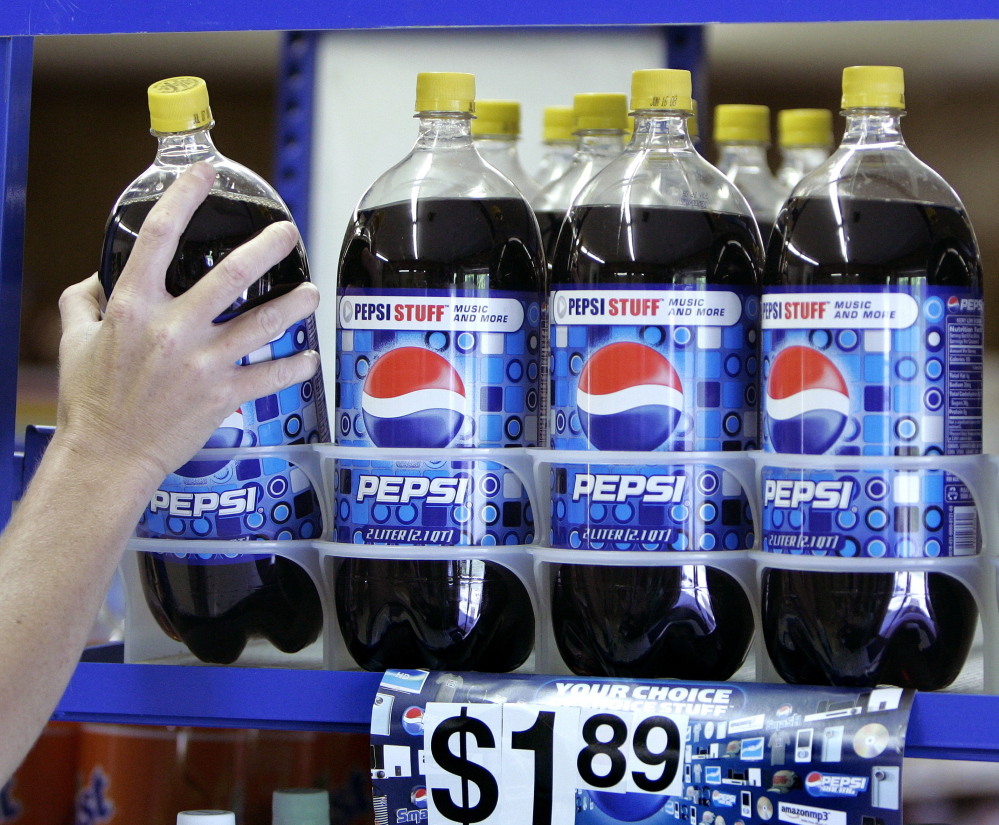Prohibiting the use of federal food stamps to purchase sugar-sweetened beverages and subsidizing the purchase of fruits and vegetables with the coupons would improve nutrition, foster weight loss and drive down rates of Type 2 diabetes among the program’s 47.6 million recipients, according to a new study.
In so doing, the $79.8-billion Supplemental Nutrition Assistance Program (SNAP) might also reap taxpayers untold future savings for the federally funded care of diabetes and other obesity-related ills among Medicaid recipients.
The benefits of making such changes to the program – more commonly known as food stamps – would be small and might take a decade to see. But while food stamp recipients often respond to rule changes by paying for disallowed items from their own pockets, such directives can, on balance, nudge their purchasing and consumption habits in positive directions, says a group of medical and health economics researchers from Stanford University and the University of California, San Francisco.
The study was published this week in the journal Health Affairs. It was funded by the Robert Wood Johnson Foundation’s Healthy Eating Research Program.
The group tapped into existing databases to create a model of food purchasing, food consumption and purchasing choices and trade-offs by SNAP recipients.
They then looked at how those factors would change under two conditions: a rule that would prohibit the use of food stamps to buy sugar-sweetened beverages and a program that would remit 30 percent of the cost of fresh fruits and vegetables back into recipients’ accounts – essentially subsidizing their produce purchases.
After calculating the dietary changes that would result from recipients’ changed buying patterns, the study authors modeled their effect on the health of the SNAP program’s low-income population, which is somewhat more obese than the general population and carries a far higher burden of Type 2 diabetes.
On a daily basis, the average SNAP recipient takes in 157 calories from sugar-sweetened beverages, versus 140 calories for a matched comparison group of non-SNAP recipients. A ban on the purchase of sweetened drinks with food stamps would prompt SNAP recipients to increase their purchase and consumption of fruit juices, the authors calculated.
But they reckoned that the average net caloric intake would decline by 11.4 calories per day. And the average recipient’s glycemic load – a measure of blood sugar response to diet – would drop by 2.7 grams per day.
Over 10 years, the average food stamp recipient’s weight would decline by 1.15 pounds as a result. Roughly 422,000 people would not become obese – the equivalent of a 2.4 percent decline from current obesity prevalence rates among SNAP participants.
And over a decade, 240,000 SNAP recipients would not be diagnosed with Type 2 diabetes, a 1.7 percent decline in the incidence of the metabolic disorder, which increases by two to four times the risk of stroke and heart attack.
Send questions/comments to the editors.



Success. Please wait for the page to reload. If the page does not reload within 5 seconds, please refresh the page.
Enter your email and password to access comments.
Hi, to comment on stories you must . This profile is in addition to your subscription and website login.
Already have a commenting profile? .
Invalid username/password.
Please check your email to confirm and complete your registration.
Only subscribers are eligible to post comments. Please subscribe or login first for digital access. Here’s why.
Use the form below to reset your password. When you've submitted your account email, we will send an email with a reset code.